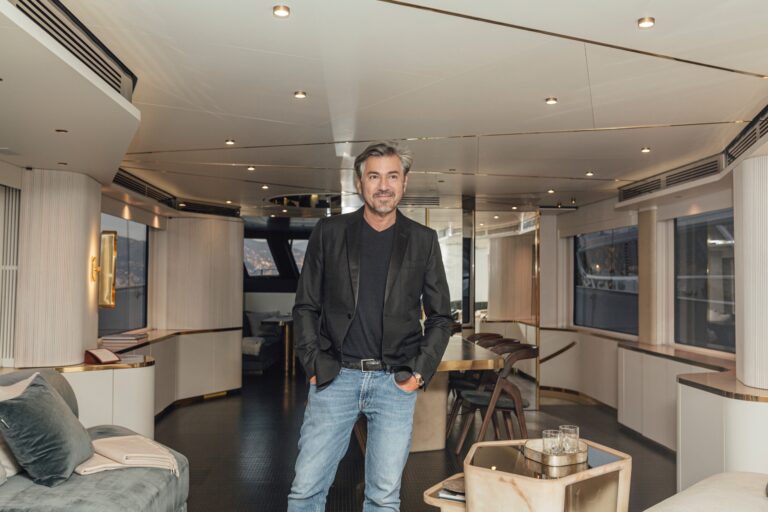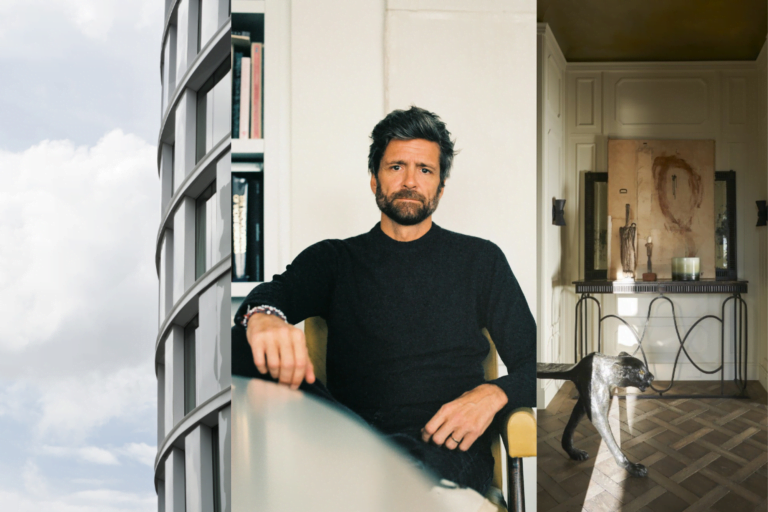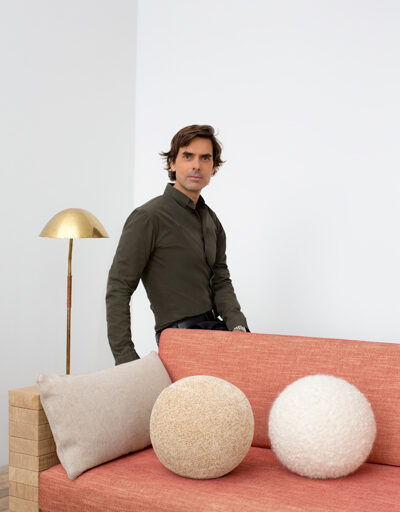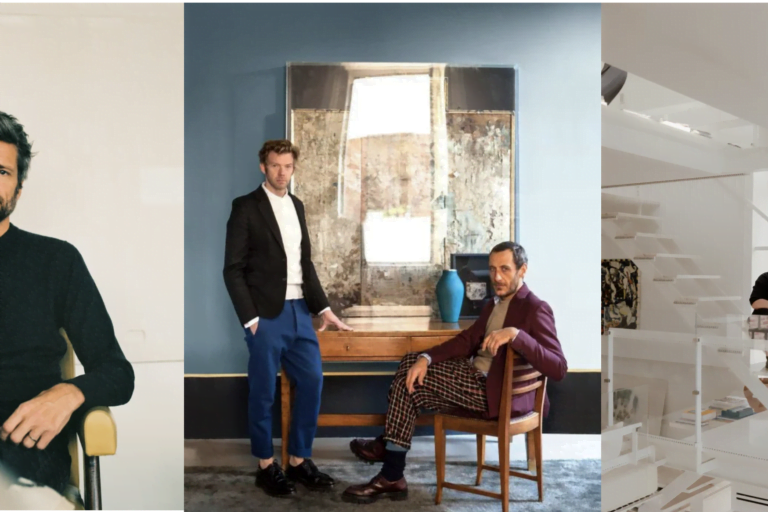Explore the enduring legacy of Ludwig Mies van der Rohe through his most iconic projects and discover his lasting impact on modern architecture.
Ludwig Mies van der Rohe, one of the most influential architects of the 20th century, left an indelible mark on modern architecture with his innovative designs and groundbreaking philosophies. Born in Aachen, Germany, in 1886, Mies (as he is often referred to) pursued a career that reshaped architectural principles, focusing on simplicity, functionality, and the innovative use of materials. Throughout his prolific career, Mies created numerous iconic projects, each embodying his trademark style of “less is more.” In this article, we delve into five of his most notable works, showcasing his enduring legacy in the world of architecture.

1. Barcelona Pavilion (1929)
Commissioned as the German Pavilion for the 1929 International Exposition in Barcelona, Spain, the Barcelona Pavilion stands as a seminal work of modern architecture. Mies designed the pavilion to represent Germany’s modern, progressive identity after World War I. The structure features a minimalistic design characterized by open spaces, clean lines, and the exquisite use of luxurious materials such as marble, chrome, and glass.
The pavilion’s most iconic feature is the Barcelona Chair, a sleek and elegant piece of furniture designed by Ludwig Mies van der Rohe specifically for this project. Its distinctive X-shaped frame and leather upholstery epitomize modernist design and have become an enduring symbol of 20th-century furniture design.
Ludwig Mies van der Rohe’s meticulous attention to detail and innovative use of space and materials in the Barcelona Pavilion earned him widespread acclaim, solidifying his reputation as a pioneering figure in modern architecture. The pavilion was dismantled after the exposition but was later reconstructed in 1986, following meticulous research and documentation, to its original glory.
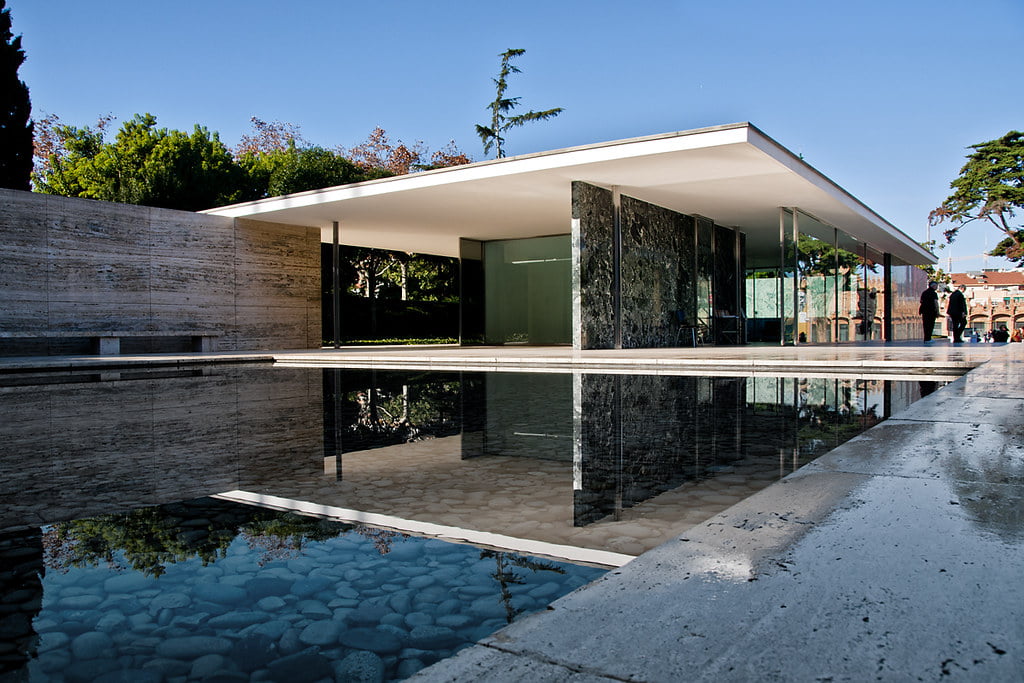
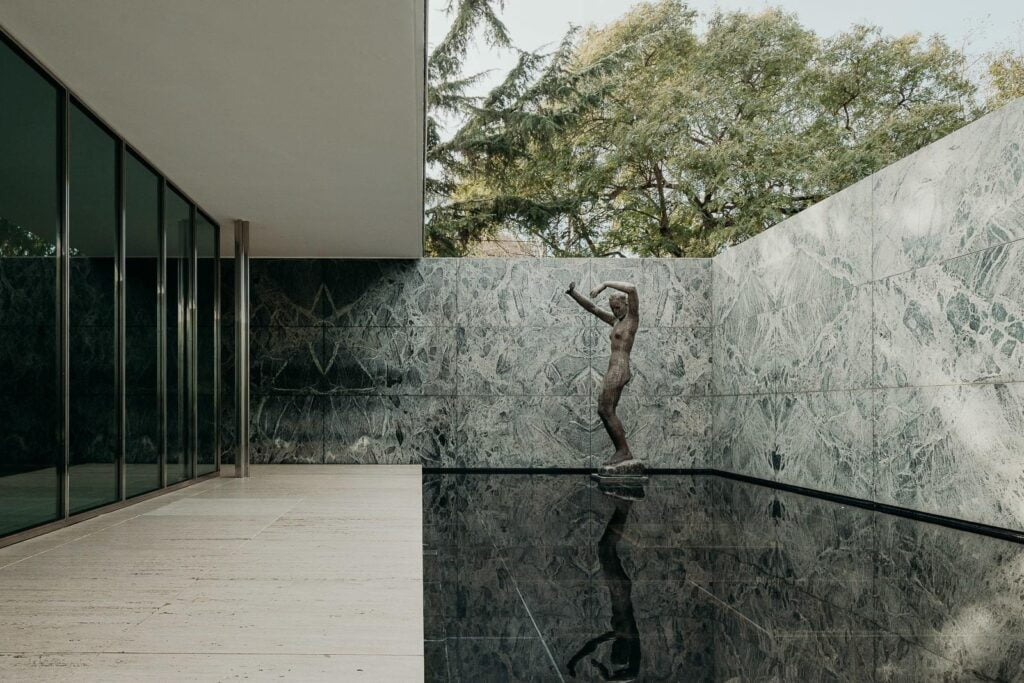
2. Farnsworth House (1951)
Located in Plano, Illinois, the Farnsworth House is perhaps Ludwig Mies van der Rohe’s most celebrated residential project. Commissioned by Dr. Edith Farnsworth, a prominent Chicago nephrologist, the house is a masterpiece of minimalist design and structural innovation.
Set on a secluded rural site amidst a lush landscape, the Farnsworth House comprises a single rectangular volume elevated above the ground by a series of steel columns. Its transparent glass walls dissolve the boundaries between interior and exterior, allowing nature to become an integral part of the living experience.
Ludwig Mies van der Rohe’s meticulous attention to proportion, scale, and detail is evident throughout the Farnsworth House, creating a harmonious dialogue between the built environment and the surrounding natural landscape. Despite its simplicity, the house exudes a sense of timeless elegance and sophistication, cementing its status as an architectural icon. The house is now open to the public, allowing visitors to experience firsthand the genius of Mies’s design philosophy.

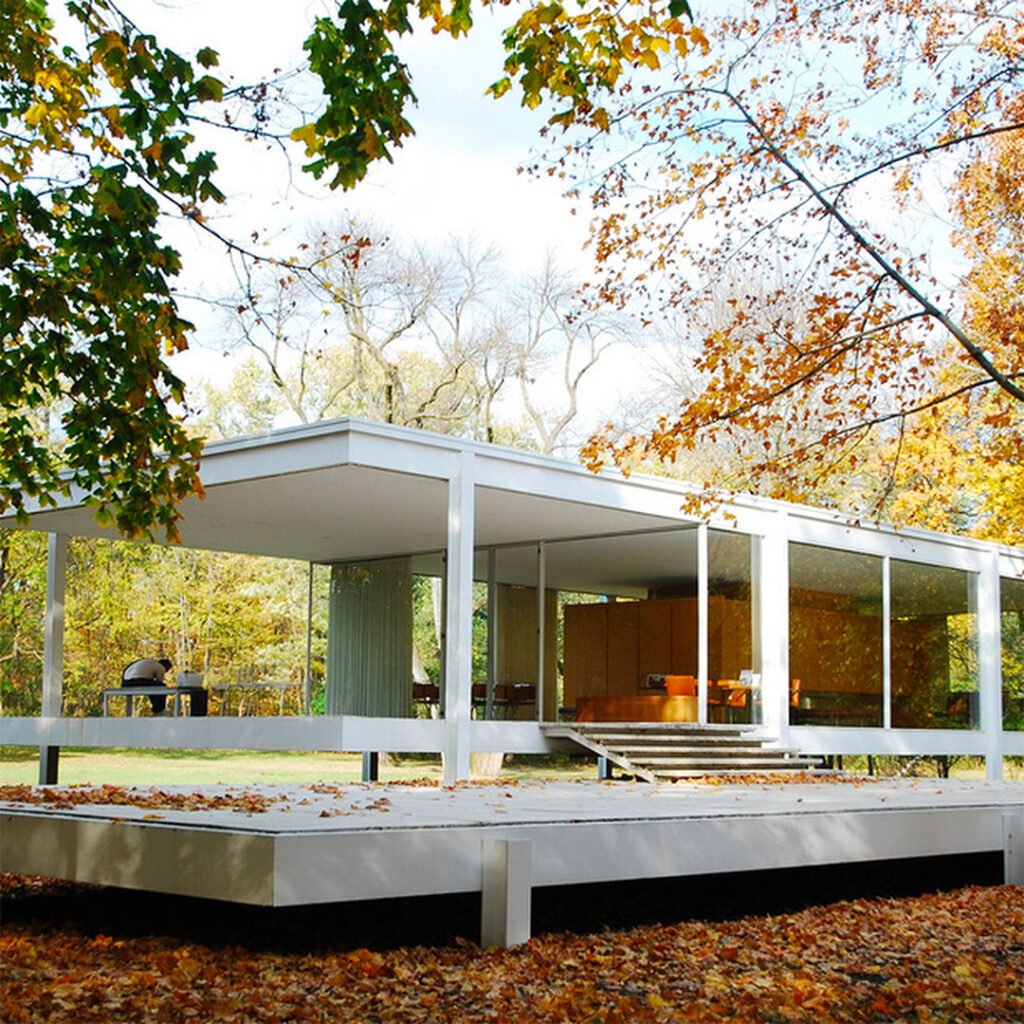
3. Seagram Building (1958)
Situated in the heart of Manhattan’s bustling Midtown, the Seagram Building is a towering testament to Ludwig Mies van der Rohe’s mastery of skyscraper design. Commissioned by the Canadian distilling company Seagram, the building redefined the modern office tower with its elegant simplicity and innovative structural system.
Rising 38 stories above Park Avenue, the Seagram Building features a distinctive bronze-and-glass facade that epitomizes Ludwig Mies van der Rohe’s minimalist aesthetic. Its clean lines, unadorned surfaces, and carefully proportioned windows create a sense of timeless sophistication.
Internally, the building’s innovative steel frame structure allows for column-free office spaces, maximizing flexibility and efficiency. Mies’s meticulous attention to detail is evident in every aspect of the building, from the custom-designed furniture to the carefully curated public spaces.
The Seagram Building’s influence on the skyline of New York City and its enduring legacy as a symbol of corporate modernism solidify its place as one of Ludwig Mies van der Rohe’s most significant contributions to architecture. It is recognized as a National Historic Landmark and continues to be revered by architects and enthusiasts alike.
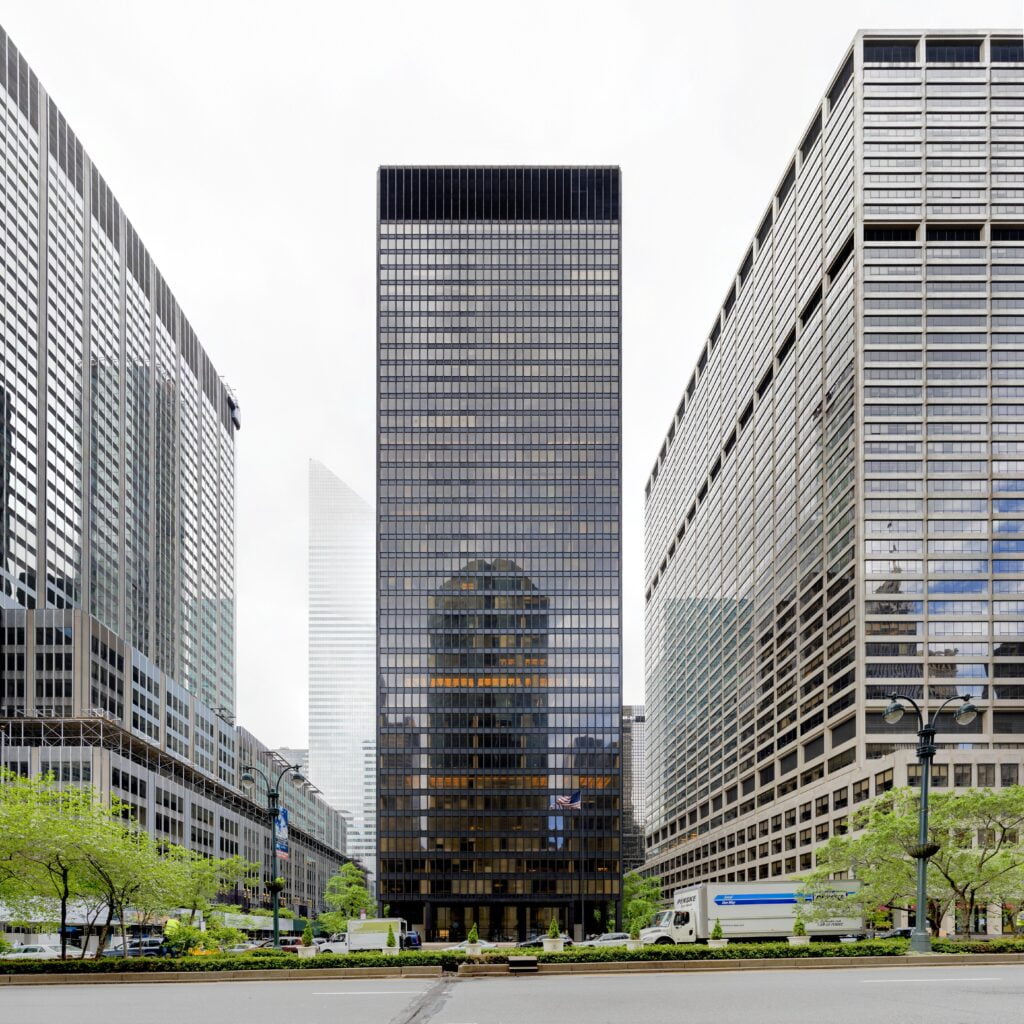

4. Lake Shore Drive Apartments (1951)
Situated along the shores of Lake Michigan in Chicago, the Lake Shore Drive Apartments represent Ludwig Mies van der Rohe’s vision for urban living. Completed in 1951, these high-rise residential towers are notable for their clean lines, minimalist aesthetic, and innovative use of materials.
Each tower features a structural steel frame and floor-to-ceiling glass walls, offering panoramic views of the lake and surrounding cityscape. Mies’s signature design elements, such as the use of exposed steel columns and the absence of ornamentation, create a sense of timeless elegance and sophistication.
The Lake Shore Drive Apartments exemplify Ludwig Mies van der Rohe’s belief in the importance of rational design and functional efficiency in architecture. Despite being over half a century old, these iconic towers remain highly sought-after residences, a testament to Mies’s enduring influence on contemporary architecture. The apartments have undergone renovations over the years to maintain their modern appeal while preserving Mies’s original vision.
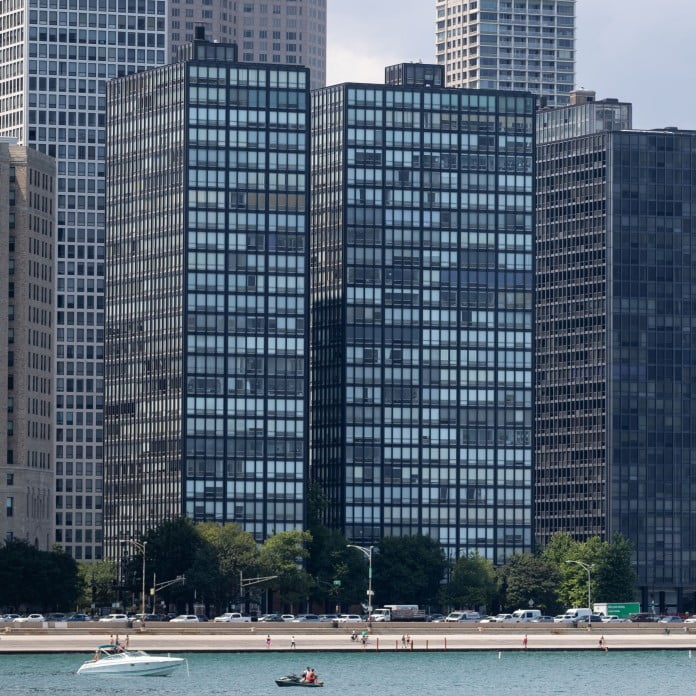
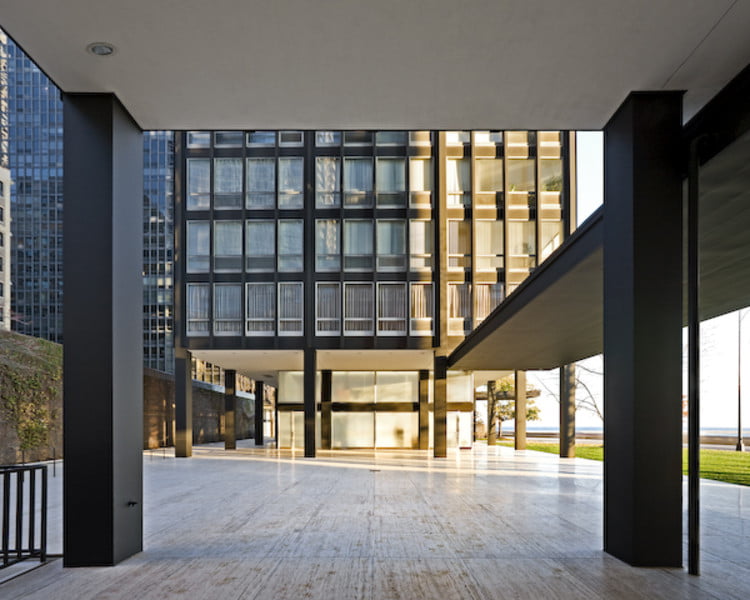
5. National Gallery (1968)
The National Gallery in Berlin, Germany, stands as one of Mies’s final and most significant projects. Designed in collaboration with architect Hans Scharoun, the gallery serves as a monumental tribute to German art and culture.
The building’s minimalist design features a steel-and-glass structure with a transparent facade that blurs the boundaries between interior and exterior spaces. Mies’s meticulous attention to detail is evident in every aspect of the gallery, from the precise proportions of its columns to the carefully curated exhibition spaces.
The National Gallery’s timeless elegance and sophisticated design continue to attract visitors from around the world, cementing its status as one of Ludwig Mies van der Rohe most enduring architectural legacies. It serves as a cultural landmark in Berlin, showcasing the intersection of art and architecture in a harmonious and inspiring environment.

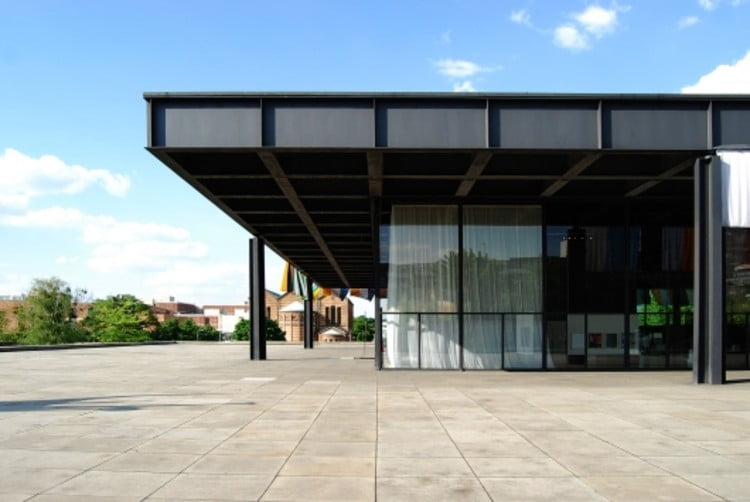
In conclusion, Ludwig Mies van der Rohe’s five best projects showcase his remarkable talent, innovative spirit, and enduring influence on modern architecture. From the Barcelona Pavilion to the National Gallery, each of these iconic structures exemplifies Mies’s commitment to simplicity, functionality, and the transformative power of architectural design. As we continue to admire and study his work, Mies’s legacy will undoubtedly endure for generations to come, inspiring architects and designers around the world to push the boundaries of creativity and innovation in pursuit of architectural excellence.
Curious about more architectural masterpieces? Explore the brilliance of another iconic architect in Joseph Dirand Architecture: 5 Best Timeless Elegant Projects.
Source: Ludwig Mies van der Rohe
